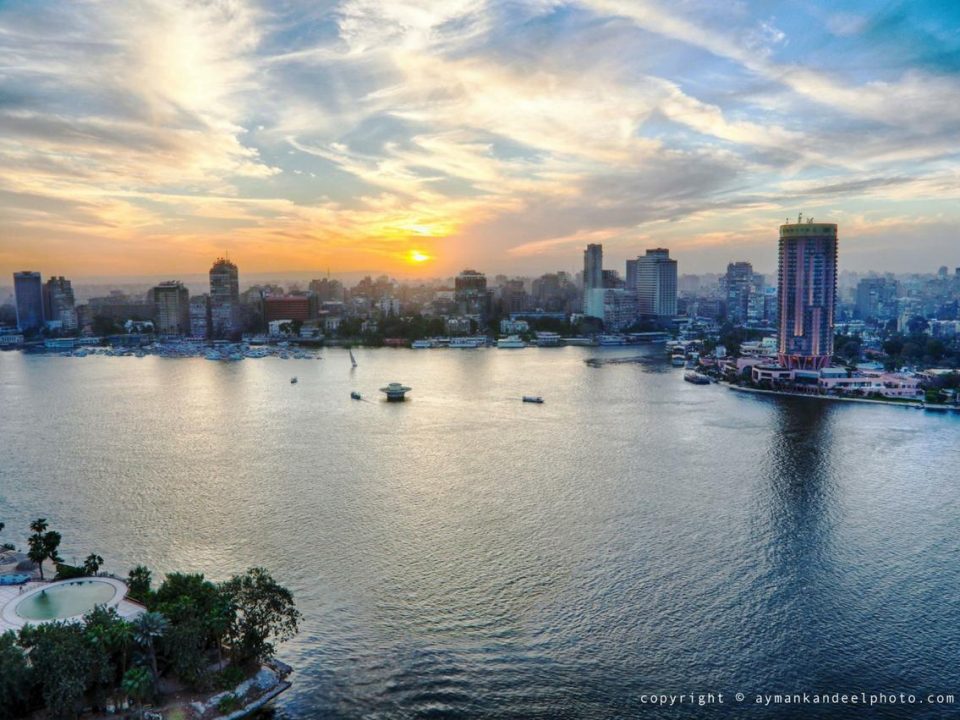4 Steps for Best shoot
The First Step is the Formal Elements, If we are going to talk about pictures – or take them even – it can make sense to start with the ‘Formal’ or ‘Visual’ elements. There are descriptions aplenty online, but in simple terms, this is the visual information that we see. To my school of thought, these are Colour, Shape, Line, Texture, Tone, Form, Pattern, Space, although you will find some variations on these. Not to be confused with the actual subject matter – the things in the photograph (kitten, ball of wool, etc.) – the formal elements (and the relationships between them) bring what we see into visual existence.
Understanding the formal elements provides the vocabulary to unpick photographs in new ways. More significantly, it encourages new ways of looking: Once our traditional perceptions and expectations of the subject matter – whatever that might be – are adjusted, new sensitivities can begin to emerge.
The second thing is The Principles of Composition. You have to know that Photography is not painting or drawing. Rather than starting with a blank canvas, Photography is most often a process of selection – of framing, cropping; of deciding what formal elements to include and draw attention to (or not). And understanding composition – how to organize the information that we see – is fundamental to this. Possibly. Words such as Balance, Harmony, Tension, Rhythm, Movement, Emphasis and Contrast come into play here, alongside a variety of potential theories and viewpoints.
Third Thing is how your main source works, how your Camera works. photography course should teach you how a camera works, I’d have thought. Some would suggest this should be Step 1. Understanding the essential role of light is a logical starting point with this – to subsequently get to grips with exposure, shutter speed, aperture, depth of field, ISO, white balance…and so on. Of course, there are different formats and models to contend with too, not to mention the distinctions between using a film or digital camera.
Last but not least is Post-production,
Up until this step, whether film or digital is being used is mostly neither here nor there, we’ve been moving in the same direction for both. However, developing a film via chemical processes in a darkroom is quite a different undertaking to downloading images and editing them in Photoshop, not least in terms of time, sensory experience, and the potential outcomes. Whilst many schools dabble with darkroom experimentation, digital tends to win through. Lessons in post-production inevitably lean towards using Photoshop or similar software, and understanding image size, resolution settings, selection tools, layers, and file formats are usually the obvious starting points




